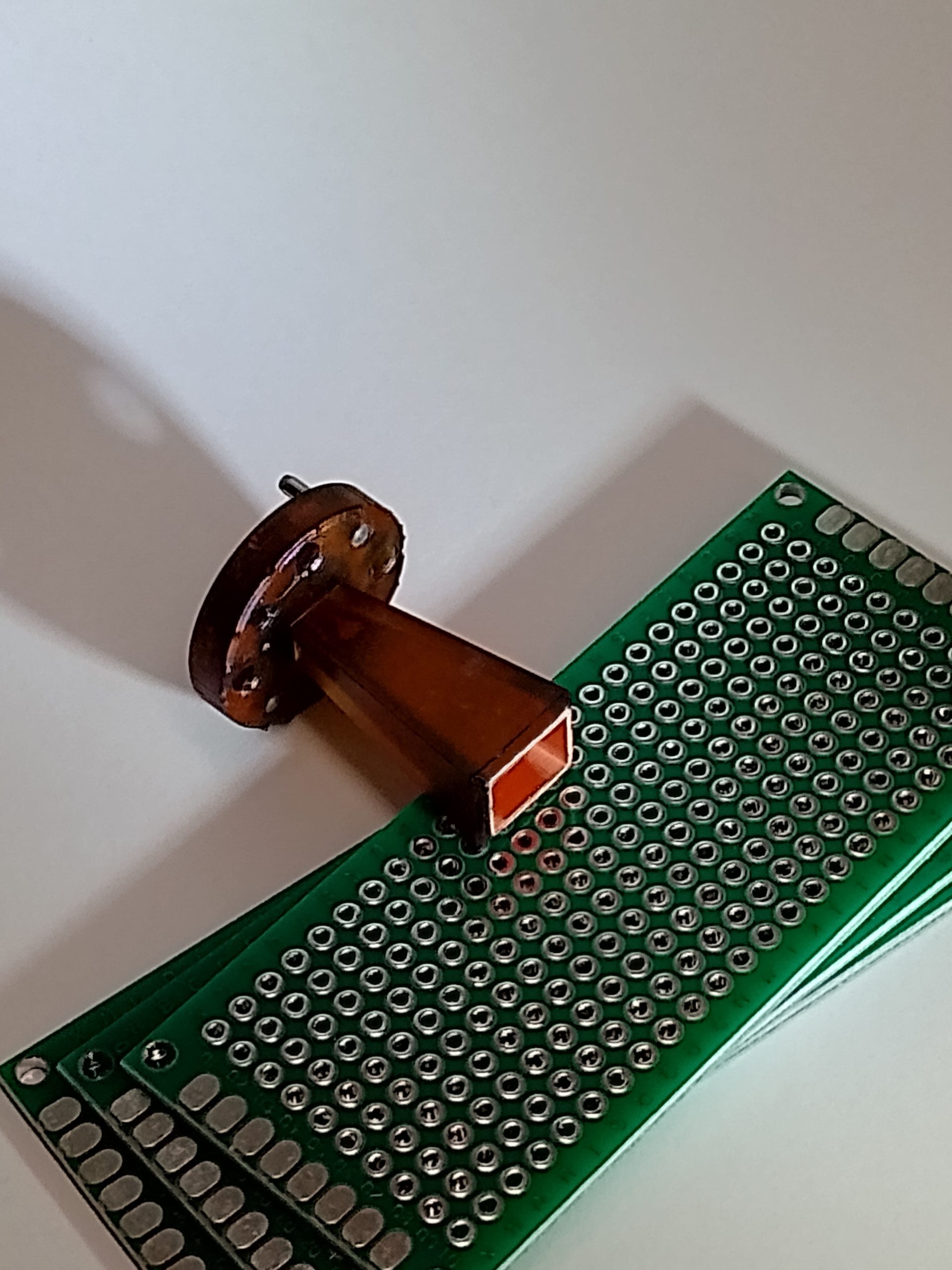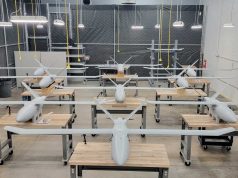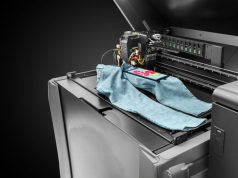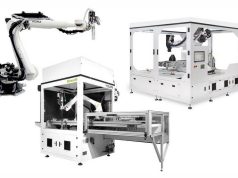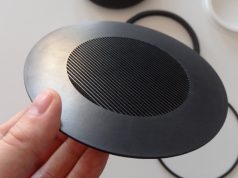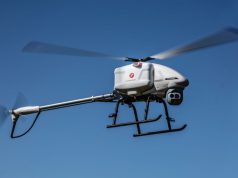Horizon Microtechnologies has just announced the results of functional tests demonstrating the effectiveness of its HMT metal deposition process for manufacturing high-frequency antennas using 3D printing.
Andreas Frölich, CEO at Horizon says, “The work on the high frequency D-band horn antenna used our HMT-Metal coating process, with which copper layers can be applied very evenly and conformally to a variety of component shapes and materials. From a commercial perspective, such components fit well with the use of micro-AM as they are typically in the cm size range, with sub-mm dimensions, and require the attainment of micron tolerances. The market demands such antenna and other mm-wave components to exhibit higher frequencies and connectivity for use in industrial measurement technology, sensor technology and communication applications with very low latencies. Being able to make such mm-wave components via micro-AM allows the production of smaller and lighter weight components, and also opens up the possibility of making them with properties and geometric features impossible using alternative fabrication processes.”
The performance of an antenna depends on a number of component properties that are difficult to measure and calculate directly, such as the conductivity of the metal layers, layer thicknesses, homogeneity of the layer thicknesses, dimensional accuracy of the antenna and surface roughness. Horizon opted for a functional comparison of their copper-coated micro-AM manufactured horn antenna with a conventionally produced, commercially available antenna. This pragmatic approach allowed Horizon to demonstrate the suitability of its manufacturing technology for high frequency and antenna applications.
The tests showed that the Horizon antenna had approximately the same directivity and a better S11 parameter (reflection parameter) than the traditionally manufactured antenna.
Frölich continues, “Successful testing should indicate a high gain value in the forward direction and as little back-reflection as possible. We are delighted to say that after testing, our micro-AM copper coated horn antenna performed as well as a conventionally built horn antenna, removing many of the reservations that 3D printed devices are often faced with. This opens up some very interesting opportunities as companies requiring horn antennas and other mm-wave components can now exploit the process advantages of micro-AM by partnering with Horizon as their development and manufacturing partner. We didn’t even perform full-blown dedicated additive design-thinking efforts for the antenna since we wanted to fabricate something emulating the conventional counterpart. Yet we have an antenna that weighs only a sixth of its conventional counterpart and takes up 15% less space. This is a powerful indication of the kind of benefits that dedicated AM-based component design-thinking could achieve.”
The successful implementation of this technology demonstrates that dedicated AM-based component design thinking could offer significant benefits in terms of weight reduction and space savings, positioning Horizon Microtechnologies at the forefront of innovation in additive manufacturing.
Subscribe to our Newsletter
3DPResso is a weekly newsletter that links to the most exciting global stories from the 3D printing and additive manufacturing industry.



